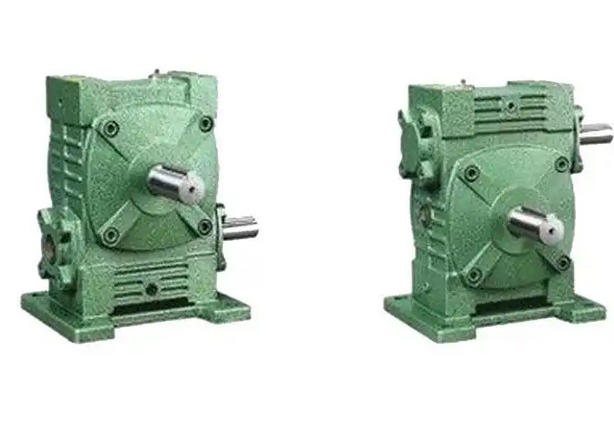What performance will be affected by abnormal meshing of worm gear and worm gear in WPWA175-20-A reducer
This issue is crucial. Abnormal meshing of the worm gear and worm in the WPWA175-20-A reducer can directly affect core performance such as transmission efficiency and operational stability, and may also cause chain failures.
1、 Decreased core transmission performance
The transmission efficiency is significantly reduced, the friction on the meshing surface increases or the contact is poor, resulting in increased input power loss and output torque not meeting the design requirements.
Deviation in transmission accuracy, resulting in increased tooth clearance and transmission lag, making it difficult to accurately transmit motion and affecting equipment control accuracy.
The bearing capacity decreases, abnormal meshing leads to uneven stress distribution on the tooth surface, local stress concentration, and long-term operation is prone to tooth wear, pitting, and even tooth breakage.

2、 Disruption of operational stability
The vibration intensifies, the meshing impact increases, and the vibration amplitude of the box and bearing ends exceeds the standard, which may cause resonance of the whole machine or loosening of the base.
Abnormal noise, such as sharp friction sounds, impact sounds, or low-frequency roars, will significantly increase with the increase of speed, affecting the working environment.
Abnormal temperature rise leads to lubrication failure or increased friction on the meshing surface, resulting in rapid temperature rise of the worm gear, worm gear, and bearing, accelerating the aging of the lubricating oil.
3、 Shortened service life
Worm gear wear accelerates, especially copper worm gears are prone to bonding and uneven wear, and their service life may be shortened to less than one-third of normal conditions.
The additional bending moment generated by the chain damage of bearings and abnormal meshing will act on the bearings, resulting in uneven bearing force, pitting, peeling, and even jamming.
The damage to the box structure, long-term vibration and stress concentration may cause deformation of the box, loosening of connecting bolts, and further deterioration of the meshing state.

